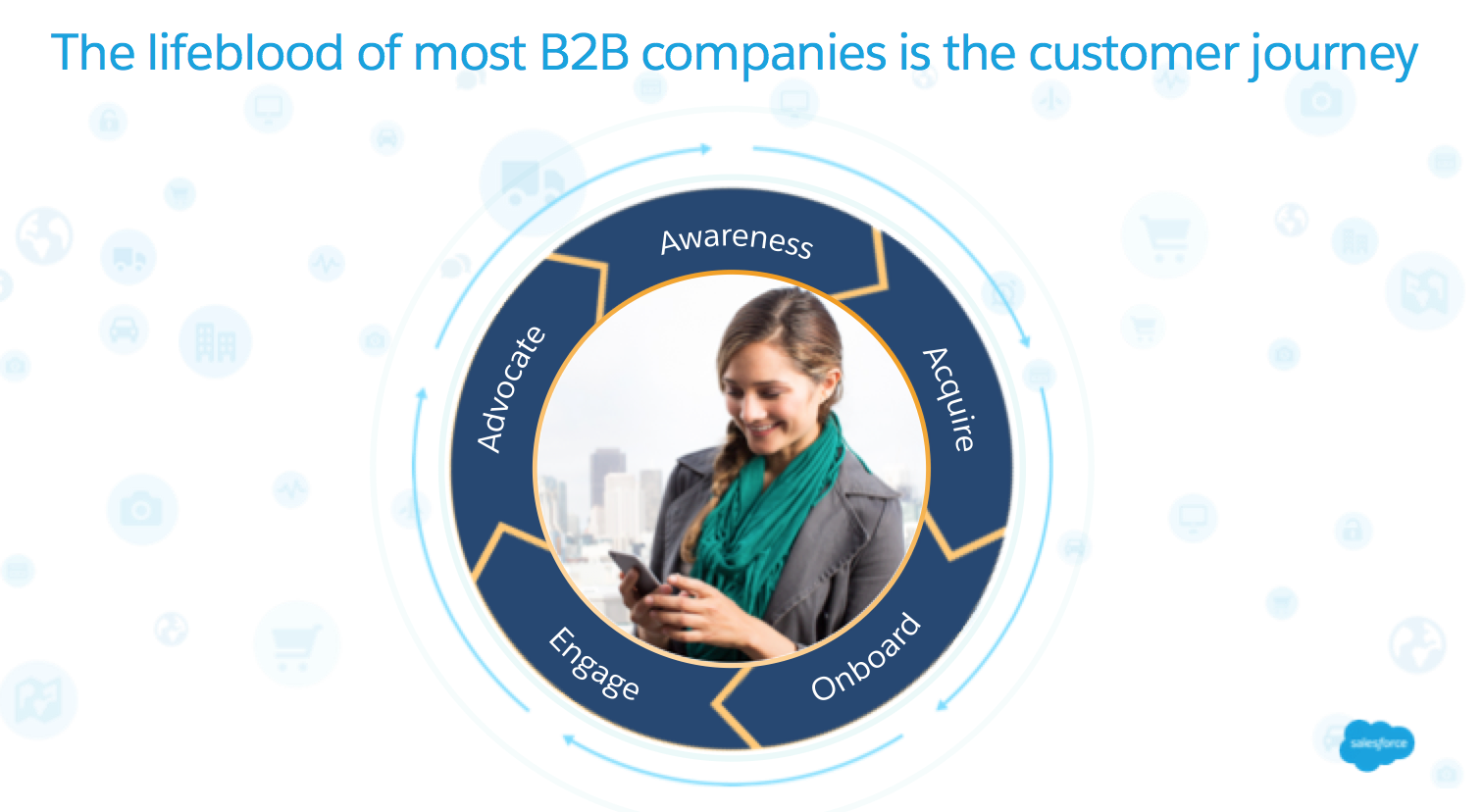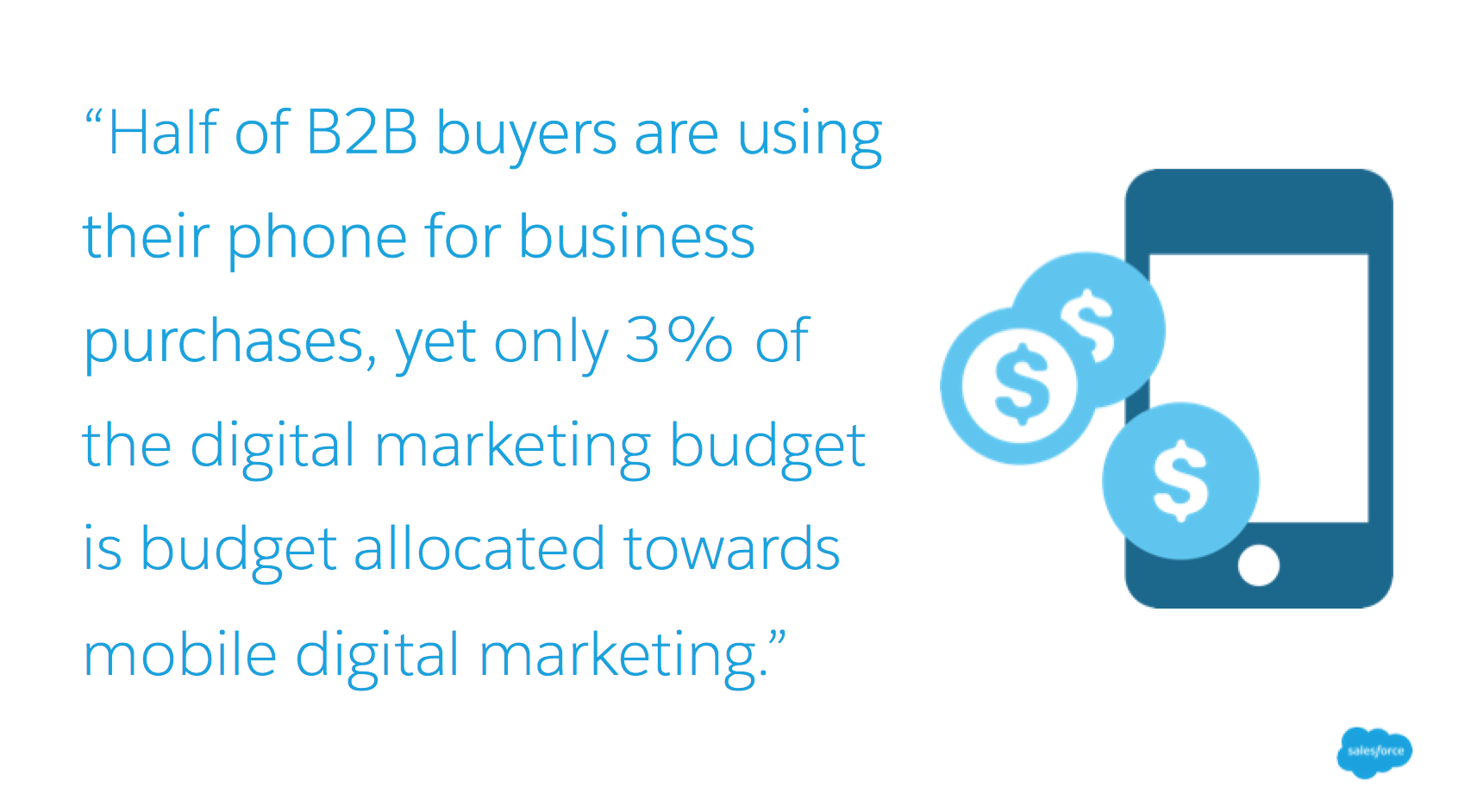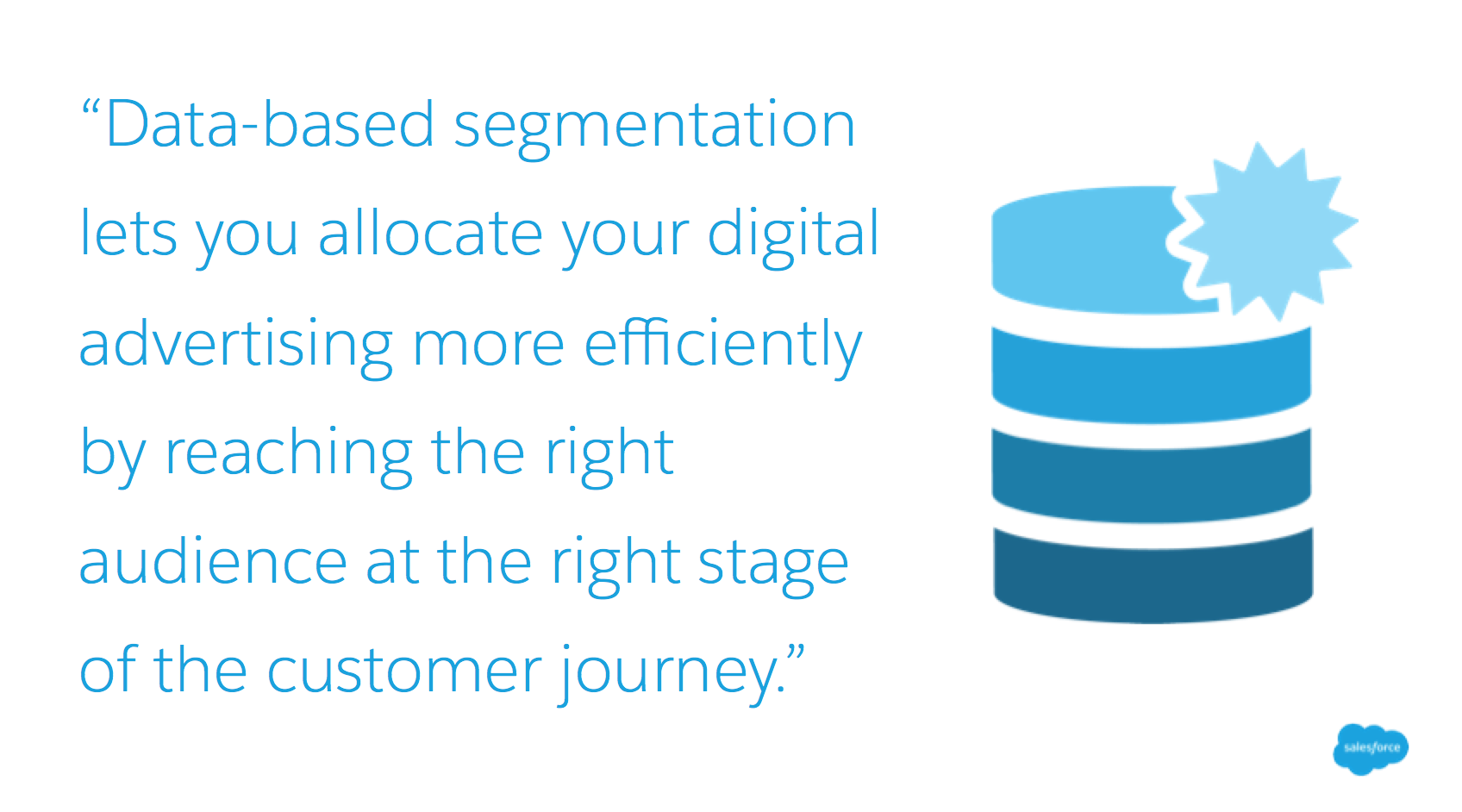
Get your FREE 30-day trial.
Please complete all fields.
The lifeblood of most B2B companies is managing the customer journey--bringing new prospects into their world and finding the best ways to qualify and then nurture them towards the final close. It is not a hyperbole to say that for many, particularly B2B and financial services companies, that if any element of that journey falters it can make or break entire quarters, people's careers, and at the extremes, the future of entire organizations.

This problem may be worse than many realize. According to CSO Insights, 68% of B2B companies are struggling with lead generation. Likewise, Ascend2 reports that only 13% of businesses describe their lead generation strategies as successful.
Like so many organizational challenges--let alone marketing and sales challenges-- the issue can be traced to the beginning. If the volume, cost efficiency, and quality of the initial lead is not sound, then there is only so much that any sales team and/or technology can do to nurture enough of those leads to signed contracts and new customers.
As the SISO philosophy so eloquently states, "sh*t in, sh*t out."
Most companies where lead generation is crucial to their operations focus on these key guiding principles and challenges:
So when only 13% of businesses report that their lead generation strategies are successful, there is clearly room for improvement in all of these areas. One additional statistic to further emphasize this misalignment: According to Webbiquit, while half of B2B buyers are using their phone for business purchases just 3% of the digital marketing budget is budget allocated towards mobile digital marketing.

This all starts and ends with your customer data and the ability to take actions based on it.
For many brands customer data may be the secret treasure trove they may not realize they have. Or even they do realize the value, many are unsure or unable to easily use it. However, it is possible to take a segmented list of your best customers and find people who are most similar to them in the vast ecosystems of Facebook and Google. This is where people spend a disproportionate amount of their time especially on mobile; Facebook and Google have eight out of the top 10 mobile apps between them.
This is a simple way to find prospects who resemble your current best customers where they are already engaging. Because Facebook and Google form connective identity layers across devices, browsers, and apps, brands can all accurately attribute target audiences no matter how and when they are interacting with the brand.
Customer data and audience segments also allow marketers to reach different stakeholders across target organizations where there are multiple people involved in the decision-making process. For example, you can reach:
This type of data-based segmentation means you are able to allocate your digital advertising investments more efficiently and maximize ROI by reaching the right audience with the right message and at the right stage of the customer journey. It also saves money on wasted spending such as showing digital ads to existing customers with new customer acquisition ads.

Finally, if you can automate the flow of data from acquisition channels into your CRM it means your lead nurturing systems and your sales teams can more quickly respond to new prospects, thereby increasing conversion rates. We announced an integration with Facebook last year around this very concept and brands are already seeing great results.
Brands report that only 5-10% of qualified leads convert for them--and that does not include all of the wasted investment and resources on non-qualified leads. Imagine what it could do for your business if you could improve this by just a couple of percentage points. The simple tactics outlined above can help you do that and more!
For more inspiration, check out how Scotch & Soda, partnered with Salesforce and Emark, built out 1-to-1 customer journeys using advertising powered by their own first-party customer data.